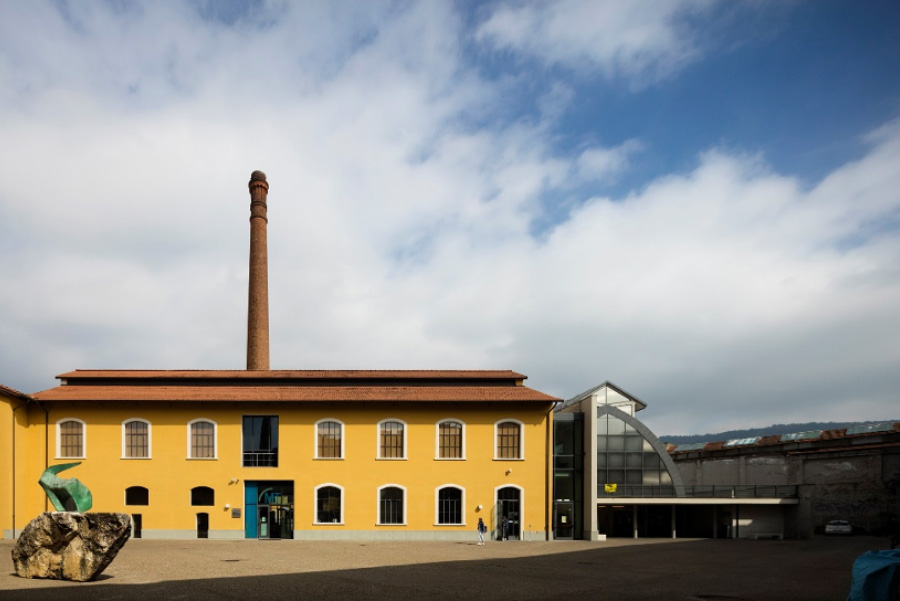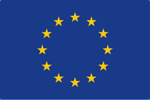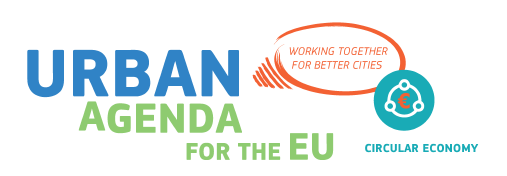Connecting Europe Facility (CEF)
The Connecting Europe Facility (CEF) is a key EU funding instrument that promotes growth, jobs, and competitiveness through targeted investments in infrastructure. Through funding, it supports the development of high performing, sustainable, and efficiently interconnected trans-European networks in the fields of transport, energy, and digital services. CEF also seeks to better integrate the transport, energy and digital sectors, and to help achieve EU climate objectives.
- CEF Transport focusses on decarbonation and making transport connected, sustainable, inclusive, safe and secure. For example, projects on building missing cross-border links and removing bottlenecks along main trans-European transport corridors. The proposed budget for 2021-2027 is EUR 11.4 billion, plus the transfer of EUR 10 billion from the Cohesion Fund. More information on CEF Transport can be found here
 .
. - CEF Energy contributes to the transition towards clean energy and the completion of the Energy Union. In addition, it aims to make the EU energy systems more interconnected, smarter and digitalised. CEF Energy focusses on cross-border energy projects, the interoperability of networks, and the better integration of the internal energy market. The proposed budget for 2021-2027 is EUR 7.7 billion. More information on CEF Energy can be found here
 .
. - CEF Digital (former ‘Telcom’) aims to improve digital connectivity by creating very high capacity broadband networks. These provide a basis for better digital service. An example of a project would be one focussed on providing 5G networks along important transport axes, wireless connectivity to local communities, or Gigabit connectivity to institutions (e.g. hospitals and schools). The proposed budget for 2021-2027 is EUR 2.7 billion. More information can be found here
 .
.
In addition to traditional grants, CEF also offered financial support to projects through innovative financial instruments such as project bonds. These instruments aimed to act as a catalyst to attract further funding from the private sector (e.g. equity and debt) and other public sector actors. The new InvestEU Programme (e.g. for debt and equity), implemented in the course of 2021-2027, will bring together multitude of EU financial instruments, including the CEF Debt and CEF Equity instruments.
What is the relevance for Circular Cities?
CEF-programmes aim for sustainable investments in European infrastructure. The new CEF (2021-2027) will focus more on climate change, digital connectivity and renewable electricity. 60% of the overall financial envelop will be used to co-finance actions supporting climate objectives.
This means that circular (city) initiatives could be relevant for CEF, in case that they are clearly aligned to the larger focus on transport, energy or digital. Circular city sectors that are of most relevance for CEF are built environment and urban mobility.
How to apply?
Search for open calls for projects on the European Commission’s website here ![]() . The first calls for CEF 2021-2027 are expected in the second quarter of 2021.
. The first calls for CEF 2021-2027 are expected in the second quarter of 2021.






